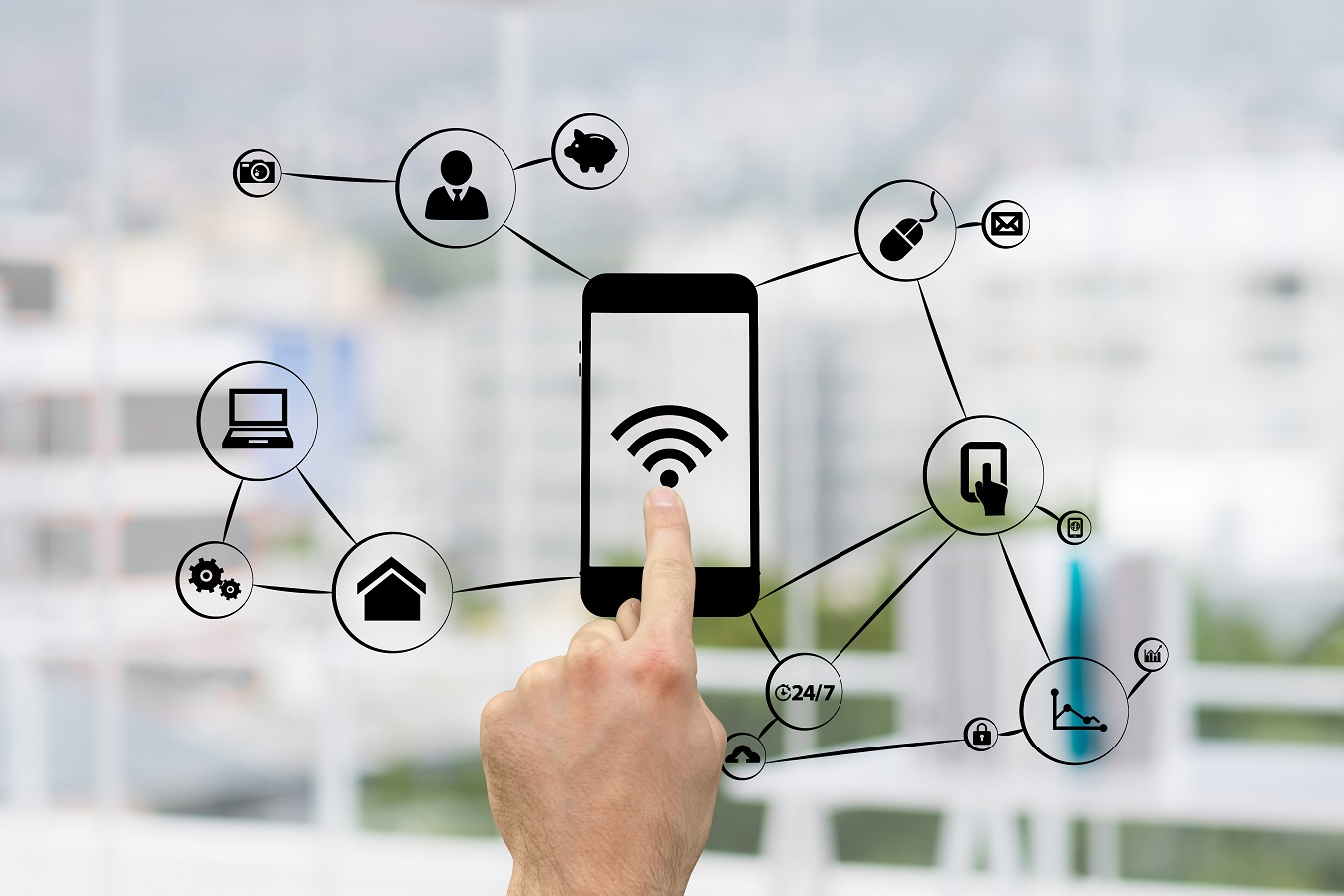Anyone interested in the development of IT and the Internet of Things has seen forecasts predicting the growth of IoT device usage and the size of the global market in quantitative and monetary terms. Specialists predict that the Internet of Things will rapidly develop in fields such as healthcare, cloud technologies, smart cities and homes, transportation, logistics, and generally in ones that continuously add new devices and sensors to the billions already in use. Developing the Internet of Things remains one of the most in-demand IT competencies.
At the same time, IoT development and individual projects for creating and developing IoT networks are associated with a number of difficulties, the set of which is unique to each case. However, several universal problems can be identified:
1. Volume and diversity of data.
An IoT system consists of diverse sources and different formats of indicators that require integration and dara transformation, which can overload the storage and processing infrastructure. To prevent such situations, it is necessary to:
- preprocess and standardize data in advance;
- use flexible scalable storage systems, such as cloud storage;
- implement a data lifecycle management strategy for archiving and deleting outdated files;
- apply edge processing to transmit smaller volumes of information.
An example of using edge processing is in the field of computer vision. Instead of sending raw video data from cameras to a centralized server for analysis, edge processing involves performing image analysis directly on edge devices, such as cameras, and transmitting the processed information.
2. Real-time data processing.
The value of information lies in its accuracy and timeliness, which are ensured by the most timely (preferably real-time) processing and delivery to the user. 5G networks guarantee data transmission with minimal possible delay, but processing requires significant computational power. The following can help:
- stream processing platforms such as Apache Kafka, Apache Flink, AWS Kinesis, which provide real-time data ingestion, processing, and analysis;
- tools for storing the data in use, such as Redis or Apache Cassandra, which reduce information retrieval time.
For example, Tesla processes billions of events using Apache Kafka, which reduces the resources required for data ingestion and processing.
3. Data scalability.
IoT ecosystems are growing and involving an increasing number of devices, information sources, and analytical processes. To ensure that the hardware and software infrastructure cope and work efficiently, an IoT system needs to achieve scalability through:
- distributed computing, such as Apache Hadoop or Apache Spark platforms for processing and analyzing large datasets across multiple nodes or clusters, allowing for horizontal scalability;
- cloud services, where providers can automatically allocate resources based on demand, ensuring scalability without the need for extensive manual management;
- containerization and microservices to scale individual components, simplifying the addition or removal of instances according to changing workloads.
4. Data compatibility.
The Internet of Things includes a diverse set of devices, protocols, and standards from different manufacturers. These disparate components cannot naturally interact or work together, making data aggregation and analysis challenging. Without effective compatibility, IoT systems struggle to harmonize data from different devices, reducing the quality of data analysis. Here are a few tips to overcome this problem:
- open standards and protocols that facilitate interaction between different types of devices;
- APIs that act as intermediaries between heterogeneous devices and analysis solutions, ensuring compatibility;
- ready-made IoT platforms that simplify integration and analytics.
Advantages of ready-made IoT ecosystems include:
- accessibility for companies with limited budgets;
- short system implementation period;
- reduction of the breakeven point (according to 40% of respondents);
- preservation of company flexibility, as there is no need to maintain a team to support the solution, with that process being outsourced to a third-party company. Read more about this and the benefits of developing the Internet of Things in our article.
In addition to the list of problems and implementation difficulties, the Internet of Things offers an impressive set of advantages. The demand for a smart and efficient world will stimulate the emergence of new solutions and technologies to overcome problems and challenges.
Epol Soft has been an R&D center for telecommunication software development, including for IoT networks, for more than 15 years. Description of our projects is here at the link.

